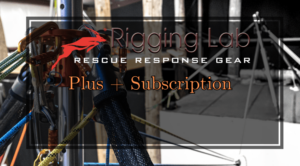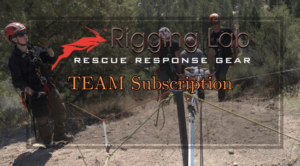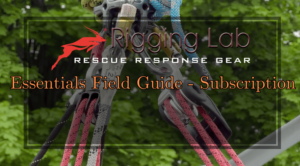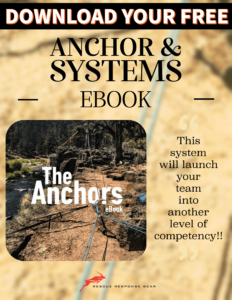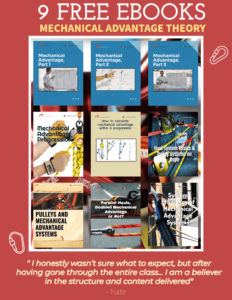
I have enjoyed most of my time in this industry and community. I have heard it said that if you like 75% of what you do, you are doing very well. I can say that. The other 25% of the time is a mix of administrative and industry frustrations. One of the interesting components I have witnessed is the mix of Tools vs Toys. I had a theory on this and it went something like this… “tools are for the professional and toys are for the amateur”. As time marched on, I have changed this and have begun to see things more like “tools get things done and toys build the foundation from which tools are made”.
I find it interesting that much of the equipment that has been released in recent years almost always has some notion of complexity or controversy assigned to it. Whether it was HTP (hyper tenacity polyester) from Sterling. The Petzl I’d. The CMC MPD. The Arizona Vortex or the TerrAdaptor. Heck, even the AZTEK had it’s ney sayers when the “Set of Fours” originally released it’s gold standard.
Whether attending conferences, trade shows, training courses or just the hanging around the beer tap, complexity and controversy always grabbed the sharp edges of the conversations. These edges always have traction to them. Traction that begs to have something touch it… like velcro. The arguments that had neither teeth nor edges of their own never took form because they had nothing to grab. In other words, to have a resolution, you need to have a Problem and a Solution. If someone looking for a problem isn’t simultaneously looking for a solution, then nothing will become of the process. Those looking for solutions, must have a vested interest in the problem to begin with, otherwise it is simply talk.
So here we go. Toys are not made to solve a problem. Often, we give toys to kids to mimic or hold some sort of reference to the real thing, but rarely has any lasting impact or purpose. However, toys that don’t muster creativity or enjoyment often get tossed, but the procreative mind with a larger “game” sees something in the toy because he/she sees either something that needs to be improved on (sees a problem that needs a solution) or that it has potential to solve an existing problem (thus seeing a solution in process). Said another way, toys will always remain a toy unless a greater assignment is at hand (achievement).
I think that for a tool to exist, there must be technology in play. A tool (like a toy) must intersect a need and move to a solution. The solution isn’t the tool… but without it, there is no solving the problem. A tool invariably asks the question, “what must I do in order to complete this task”. Toys don’t do this, but tools do.
 The one thing we all as humans have in common is that we were once kids. And as kids, we all thought like kids. Some moved on from there and others stayed. Some of the world’s greatest engineers, designers and creative beings continue to “toy” with the idea of great accomplishments because being creative never left them. Their questions got stronger and the need to solve things became even brighter. The biggest question of all is “what I am trying to solve for”. You know, the math question we all hated in school.
The one thing we all as humans have in common is that we were once kids. And as kids, we all thought like kids. Some moved on from there and others stayed. Some of the world’s greatest engineers, designers and creative beings continue to “toy” with the idea of great accomplishments because being creative never left them. Their questions got stronger and the need to solve things became even brighter. The biggest question of all is “what I am trying to solve for”. You know, the math question we all hated in school.
So here is my question… What are we trying to solve for? It is likely not a great thought to build, modify or otherwise move something without a purpose; a problem to solve. So I want to challenge the creators of equipment and manufacturers of ideas… Do you know why you are doing what you are doing and how it will it lead you to the next step of “solving for x”?
PS… Can you guess what the 25% is?
Cheers, Lance
Online Education and Membership
Get your Gear Here…. Become an RRG Member today and save.



